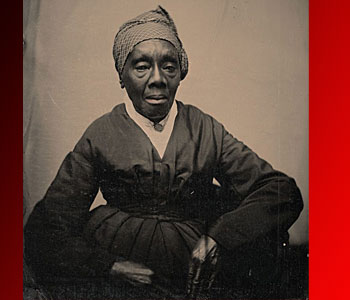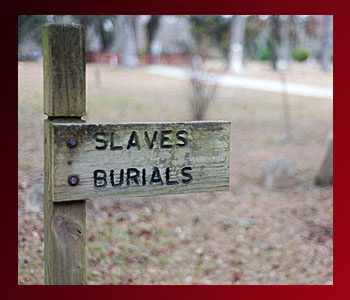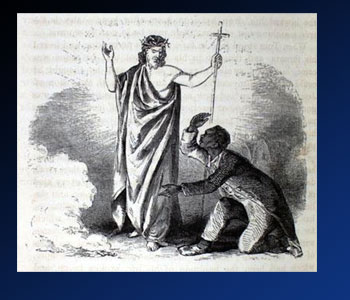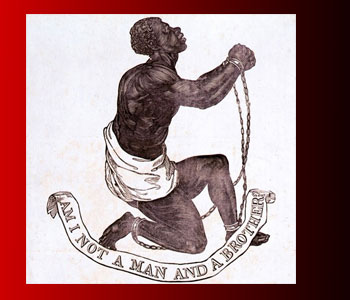HOME • HISTORY • COMMODITIES • CUSTOMERS • RUM & WHISKEY • SLAVERY • WAR • ACCOUNTS • MAPS • ESSAYS
|
____________ Slavery  While historical documents attest to the fact that Nicholas Dupuiwas the owner of at least two slaves, [1] there is r While historical documents attest to the fact that Nicholas Dupui was the owner of at least two slaves, there is reason to believe that he, as a wealthy man of means, may well have arrived in the Minisink along with a sizable coterie of slaves. The inference is drawn from this June 1732 letter from the chiefs of the Shawanese Indians (Noochickoneh, Pawquawsie, Uppockeatie, Queequeeptoo), to Pennsylvania Governor Gorden wherein they explain why they had left their former settlements:
|
||||
 |
THE SLAVES As settlers heeded Nicholas Dupui's call to establish a homestead in Penn's Woods, they brought with them household slaves to assist in tilling of the land and in the gathering the crops. So... were there a lot of slaves, or only a few? How was slavery in the north distinguished from southern slavery? |
|||
 |
SLAVES AT Dupui's ledger, along with other sources, note a number of slaves among the population of early frontier settlers. The wealthy, in particular -- merchants like Daniel Brodhead -- owned slaves, and there are indeed a number of references to Negroes cited in Dupui's ledger. What can the ledger tell us about their life? |
|||
 |
THE STORY OF Exploring a mystery. How did this local creek get its name? What happened to the area Negroes in 1728 that had once sought refuge with the Shawnee when the tribe departed from the area? Did some settle in the area of Sambo Creek, once also known as "Nigger Run"? What can our oldest survey maps tell us? |
|||
 |
TEXTILES FOR SLAVES -- Dupui's ledger cites many textile fabrics that were sold. Were some used almost exclusively by the slave population? What were the slave garment fashions of the day? Explore a fascinating tour through the descriptions of runaway slaves and the clothing that they wore... |
|||
 |
THE HISTORY OF Slaves lived and died. Is it possible that their deaths were somehow referenced in Dupui's ledger? Where were these slaves buried? We'll take a look at account page of the area's coffin-maker and review what we know about regional slave cemeteries. |
|||
 |
AREA RELIGIOUS VIEWS The Moravians, area Quakers, the Dutch Reformed Church, and others, all had pronounced views on slavery in the early 1700s. We'll also look at George Whitefield's Great Awakening preaching as it applied to the conversion of slaves. Of course, on the horizon awaited the coming manumission of slaves... |
|||
 |
ENDING SLAVERY William Penn and many other Pennsylvania notables owned slaves. They passed laws such as "An Act for the Better Regulating of Negroes in this Province." So when did the abolitionist era commence in Pennsylvania? When was the Gradual Abolition Act enacted? When did Quakers first forbid their members from owning slaves? |
|||